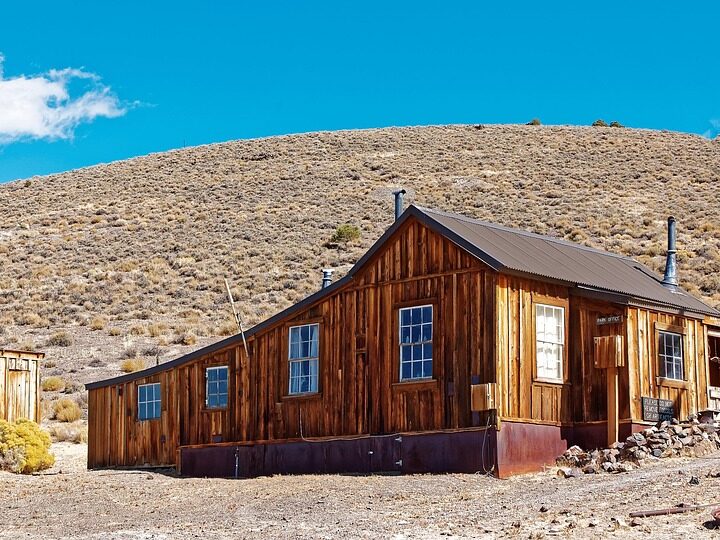
Ollantaytambo is a town and Inca archaeological site in southern Peru, approximately 72 kilometres (45 mi) by road northwest of the city of Cusco. It is located at an elevation of 2,792 metres (9,160 ft) above sea level in the Ollantaytambo District, Urubamba Province, Cusco Region.
During the Inca Empire, Ollantaytambo was the royal estate of Emperor Pachacuti, who conquered the region and built a city and ceremonial center. During the Spanish conquest of Peru, it served as a stronghold for Manco Inca Yupanqui, leader of the Inca resistance.
Today, the site is located in the Sacred Valley of the Incas and is a major tourist attraction due to its Inca ruins and its location on the route to one of the most common starting points of the four-day, three-night trek known as the Inca Trail.


The ruins at Ollantaytambo are primarily of religious significance, although they were also strategically vital. Built in the 1400s, the huge Inca fortress (also known as Temple Mount) and the Temple of the Sun with its monolithic stones rise above the city's cobblestone streets.
Ancient symbolic relief markings still adorn these huge stones. The sophisticated also includes a stepped terrace, as well as an area known as the Princess Baths, where ceremonial bathing took place.
Climbing the 200 steps to the top allows visitors to get a closer look at the remains of several fountains and temples. Locals also like to point out the Inca face carved into the cliff above the valley.
Ollantaytambo was a strategic military, agricultural and religious site for the management and control of the Sacred Valley of the Incas. This is because these structures probably served as water reservoirs and were used by the military as walls and watchtowers (probably to protect against ethnic groups inhabiting the jungle).


The top is separated from the lower part by 150 steps, from which one can admire perfectly carved stones, apparently dedicated to the cult of water, very similar to Tipon (southern valley of Cuzco).
This site is a ceremonial center and a water purification cult. The archaeological site includes a series of superimposed terraces, showing impressive and huge blocks of stone, precisely carved and placed on the upper terrace (the Temple of the Sun).
The Inca ruins of Ollantaytambo are the remains of the people who were ordered to build them by Pachacuti, after subjugating the inhabitants and conquering these lands, imposing works of agricultural infrastructure, consisting of hundreds of platforms and canals to secure the fields, checkpoints and sentries on the hilltops, domestic and ceremonial buildings.
A bridge was also built connecting the village to the Inca Trail, and satellite towns were built on the route to Machu Picchu.


The site also features pretty fountains, the “Temple of the Condor” and numerous rocks and stones with various recesses and grooves that could have been used for astronomical observations.
The most unusual structure is a vertical rock wall with protruding knobs that some believe are a sundial marking the December solstice and the zenith of the sun.
In fact, the entire Ollantaytambo is used for astronomical purposes. The site is said to be shaped like a llama, and high up in a stone enclosure known as the “llama’s eye,” it catches the first rays of the solstice sun.
Some believe that the stone structures are so incredibly crafted that it is impossible for them to have been made by humans. In his series of books, starting with Chariots of the Gods, the famed Swiss scientist, traveler and author Eric Von Daniken theorized that the stone structures of the Andes were built by aliens who visited Earth long ago and brought civilization to the primitive people living at that time.
This is a fascinating theory, but it can also be interpreted as an underestimation of people in the past.
It remains a mystery to this day how the Incas were able to build such a huge and well-constructed sophisticated based on stones. At that time they had no iron tools or knowledge of the wheel, but they still managed to dig up huge stones, transport them across valleys and rivers, carry them to mountaintops, shape them, and place them in extraordinary structures.
Image Source: Pixabay.com






